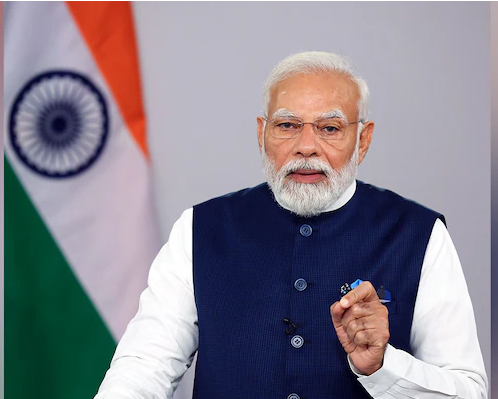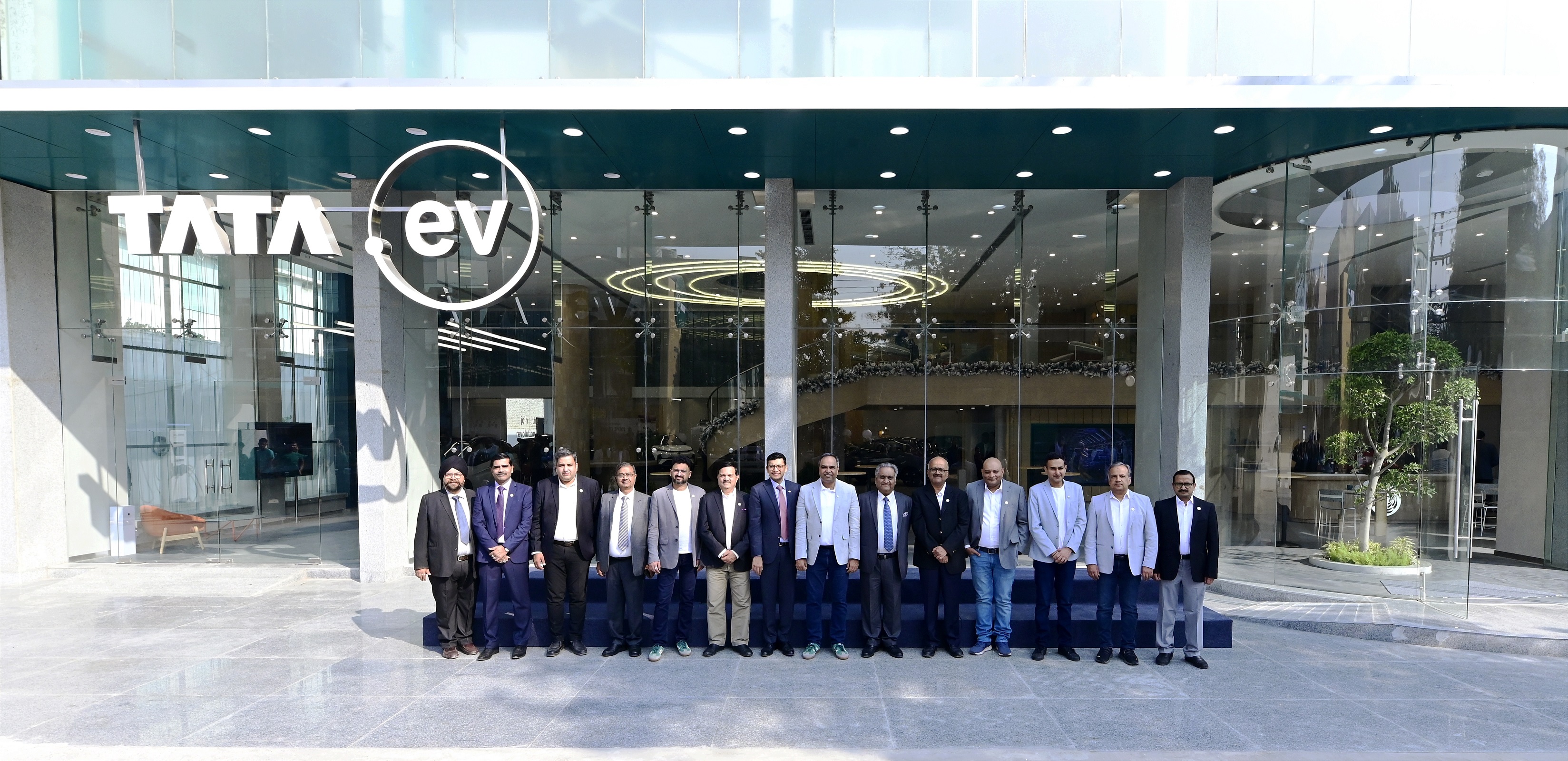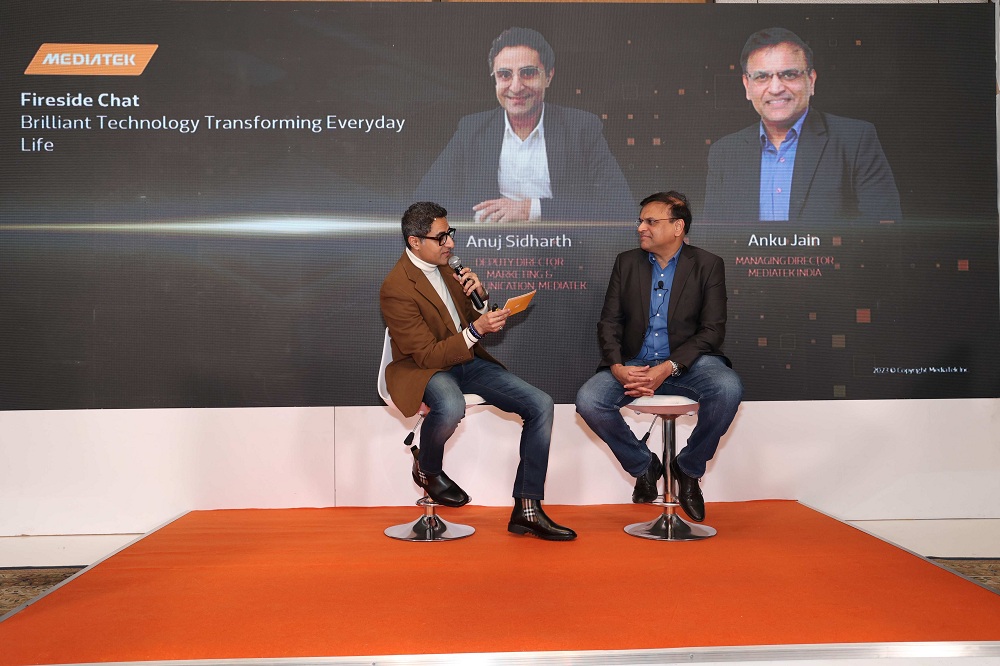COAI suggests 4 to 5 large traffic generators pay fair share for telcos network costs

NEW DELHI: Cellulars Operators Association of India (COAI), which represents telecom operators in the country, on January 4 recommended that only four to five "large traffic generators" (LTG) pay telcos a fee based on the "disproportionate (network) traffic" that such companies generate.
To recap, this network fee or fair share (as COAI and telcos term it) was first proposed by telecom companies in a consultation that the Telecom Regulatory Authority of India (TRAI) held on the topic of blocking over-the-top (OTT) applications.
In the consultation, essentially telecom companies wanted internet companies to pay them a network fee based on the traffic they generate, turnover threshold, number of users and so on.
However, this spurred a debate on net neutrality with critics claiming that this "network fee" would lead to higher operation costs for internet companies, which may subsequently, drive smaller players out of the market.
In a white paper released on January 4, COAI claims that from FY12 to FY23 the telecoms have undertaken capex of Rs 6.93 lakh crore.
It proposed five models through which the increasing infrastructure costs (due to increasing traffic) for telecom operators can be addressed.
The fifth model recommends putting the burden of paying a fair share on the 4 to 5 large traffic generators but also recommends exempting startups, MSMEs and "other smaller players" from that.
The model says, "... (It) will accommodate startups, MSMEs and other smaller players, but will encompass only the 4-5 LTGs contributing to this widening funnel. This is a feasible option and addresses all concerns of various parties – i.e., net neutrality, double dipping and others. Hence, this appears to be the most preferred option."
In conclusion, COAI, in the white paper said, "Putting the entire burden on the TSPs is neither sustainable, nor prudent. On analysing the above models, model 5 emerges best suited towards addressing this continuously rising infrastructure cost driven by accelerated data usage due to LTG traffic."











